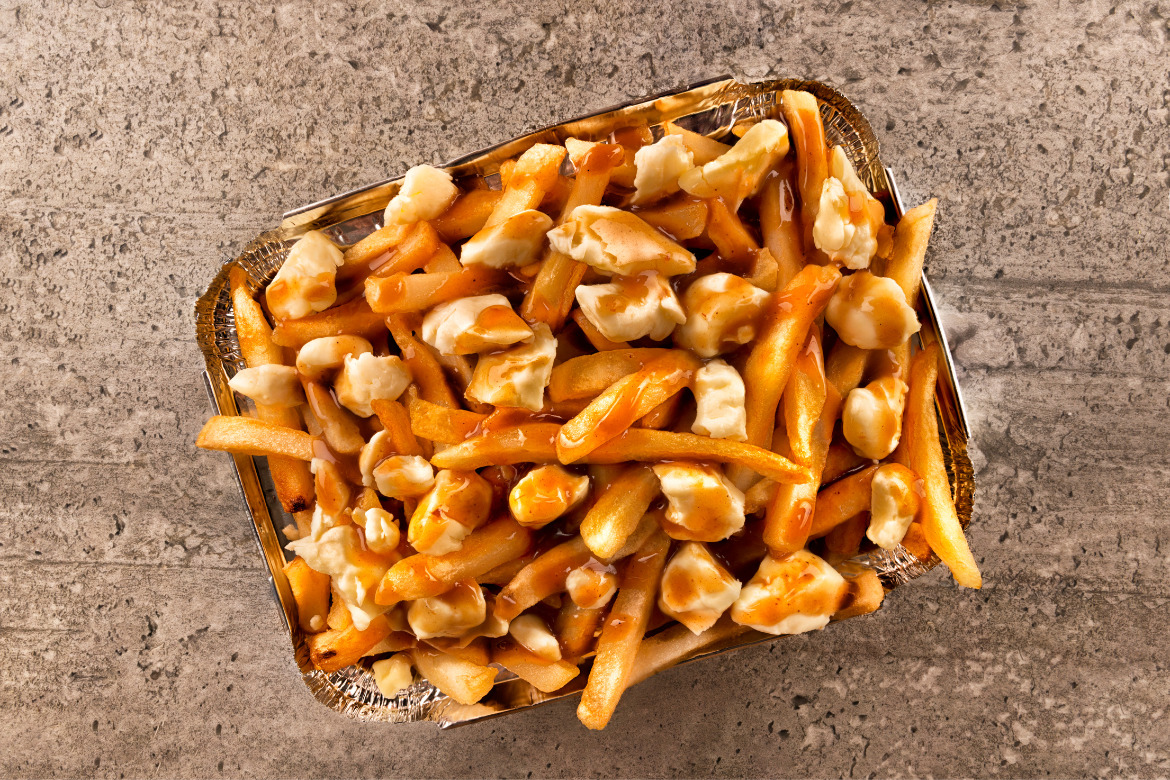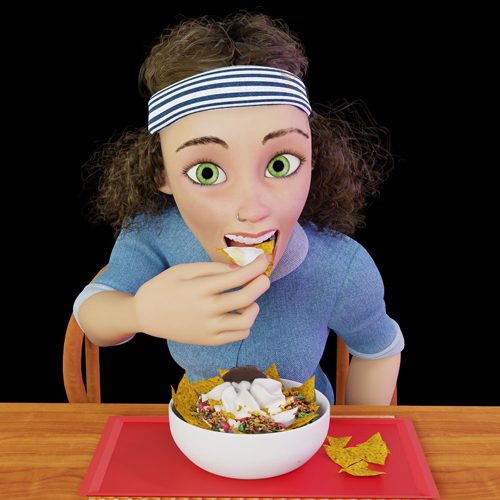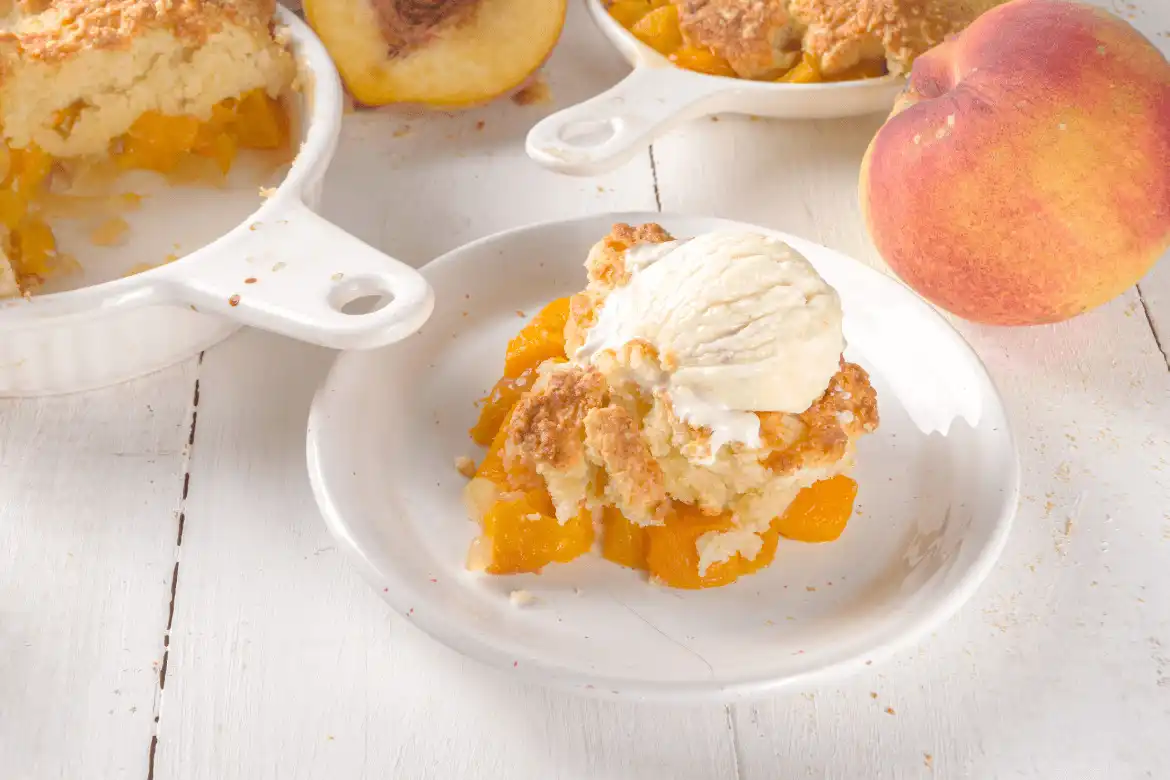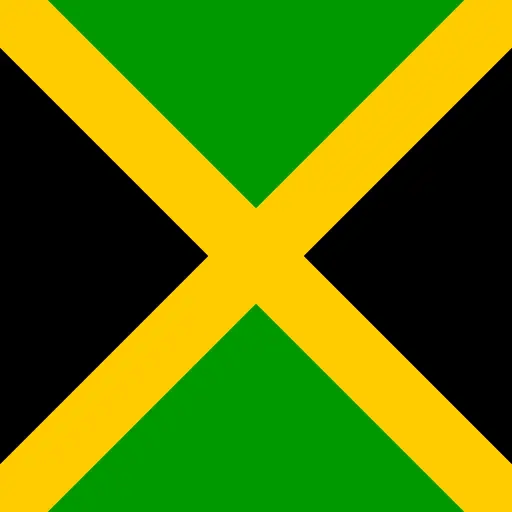I think we’ve all heard about a certain Little Miss Muffet who sat on a certain tuffet (whatever that is) eating her “curds and whey.” Turns out, this is just a fancy way (whey?) of saying “cottage cheese.” For a long time, this nursery rhyme was my sole experience with cheese curds. Then I went to places like Wisconsin and Canada where cheese curds – sans whey – are practically consumed by the ton. And, of course, I also learned that these squeaky morsels are the key component of that classic Canadian comfort food: poutine. But what are they exactly, and how are they made? Let’s find out. Just watch out for spiders.

So What Are Cheese Curds?
Going back to Little Miss Muffett, curds and whey are both important parts of the cheesemaking process. When acids and enzymes (called “rennet”) are added to milk, the milk begins to curdle, solidifying into soft curds. Typically, these curds are drained of their liquid (aka, the “whey”), then salted or brined and left to age into a mature cheese. Cheese curds, then, are simply the beginning stages of cheese. But at some point – and I’m not exactly sure when – some unsung culinary hero discovered that these soft, squeaky morsels of pre-cheese were pretty tasty on their own. This discovery was likely made a long time ago, as the ancient Romans were known to eat a fried cheese curd dish called globuli (literally, “balls,” as in balls of delicious cheese curd).

What’s With That Squeak, Anyway?
If you’ve ever eaten cheese curds – raw, not fried – you may have noticed a “squeak” that sounds a bit like what you hear when cleaning glass. That would be the sound of the cheese curd’s tightly bound proteins rubbing against the enamel of your teeth. While the sound may be a little off-putting at first, it’s actually a sign that the curds are fresh: acids in the cheese curds cause those proteins to break down over time,so older curds don’t have that polished sound. So when you bite into a fresh cheese curd, be sure to listen for that squeak!
Cheese Curd Variations
Most cheese curds sold at restaurants and stores are cheddar curds, which is why they are usually the same color as mature cheddar: orange, yellow, or white (cheddar’s natural color, before the coloring agent annatto is added). As far as preparing them, there are basically two ways to do it: fresh or fried. And what fried cheese curds lack in squeakiness, they make up for in melty gooeyness (and extra calories). As I saw during my semi-frequent trips to “America’s Dairyland,” – aka Wisconsin – as a teenager and young adult (a girl’s gotta get away sometimes), fresh cheese curds can be flavored with all kinds of seasonings. I’ve seen cheese curds flavored with dill, jalapeno, tomato basil–enough flavors to put Baskin-Robbins to shame. And of course, they are also used up north to add flavor and texture to poutine. More on that in the next article…

If you enjoyed this article or have suggestions on how we can improve it, please leave us a comment below. Also, make sure to check out other dishes I’ve created or stories I’ve written about food culture – here.







